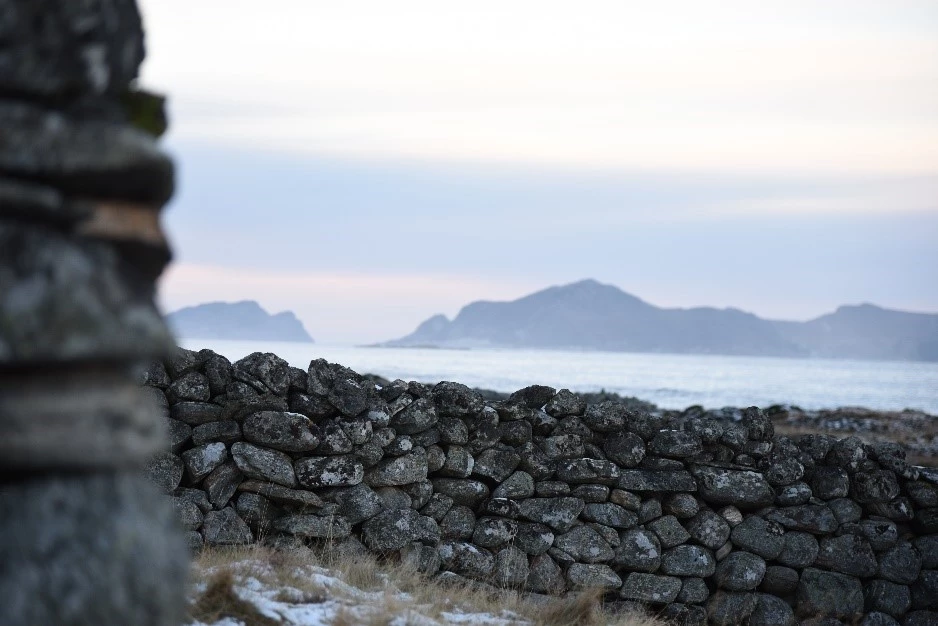The art of dry stone construction: a tradition now engraved on the list of the Intangible Cultural Heritage of Humanity
In the context of the Committee for the Safeguarding of the Intangible Cultural Heritage, which took place until 1 December in Mauritius, thirty-one new elements were inscribed on the Representative List of the Intangible Cultural Heritage of Humanity.

The latter aims to make known the habits and customs, as well as the know-how of communities around the world.

What is dry stone construction?
Stable in nature since the stones of which it is composed are the subject of a meticulous placement,
It serves to delimit the spaces within a habitat.
Very practical especially against landslides, floods and avalanches, this art contributes to the maintenance of soil fertility. For this reason, it is found more in rural areas, where practitioners and professionals in the construction sector continue to live it, always integrating it perfectly with the environment.
The art of dry stone construction recognized by UNESCO
This desire to make known the values of this art was born in France, in 2011. Supported by several European countries, the application will finally succeed and succeed in highlighting the many benefits of dry stone for the environment and the material exchanges and between human beings.
UNESCO has therefore recognized the living character of this tradition, whose techniques and know-how of experienced teachers are passed on to their apprentices through joint work around workshops, courses and training. Dry stone construction is therefore much more than a technique and is the result of close collaboration among members of a community, whose bonds and sense of belonging are strengthened. According to the UNESCO Decisions Act: "The practice stems from the need to liberate land for agricultural purposes and to use stones to build highly functional structures. These aspects illustrate the fundamental role of intangible cultural heritage in creating and sustaining a living environment. "Stakeholder motivation to focus a safeguarding plan on international collaboration, interdisciplinary research and sharing of good practices also contributed to the inclusion of the art of dry stone construction on the List of Intangible Cultural Heritage of Humanity.
Following this decision, the actors of the FFPPS and all the actors of the dry stone wanted to send their thanks to UNESCO:




